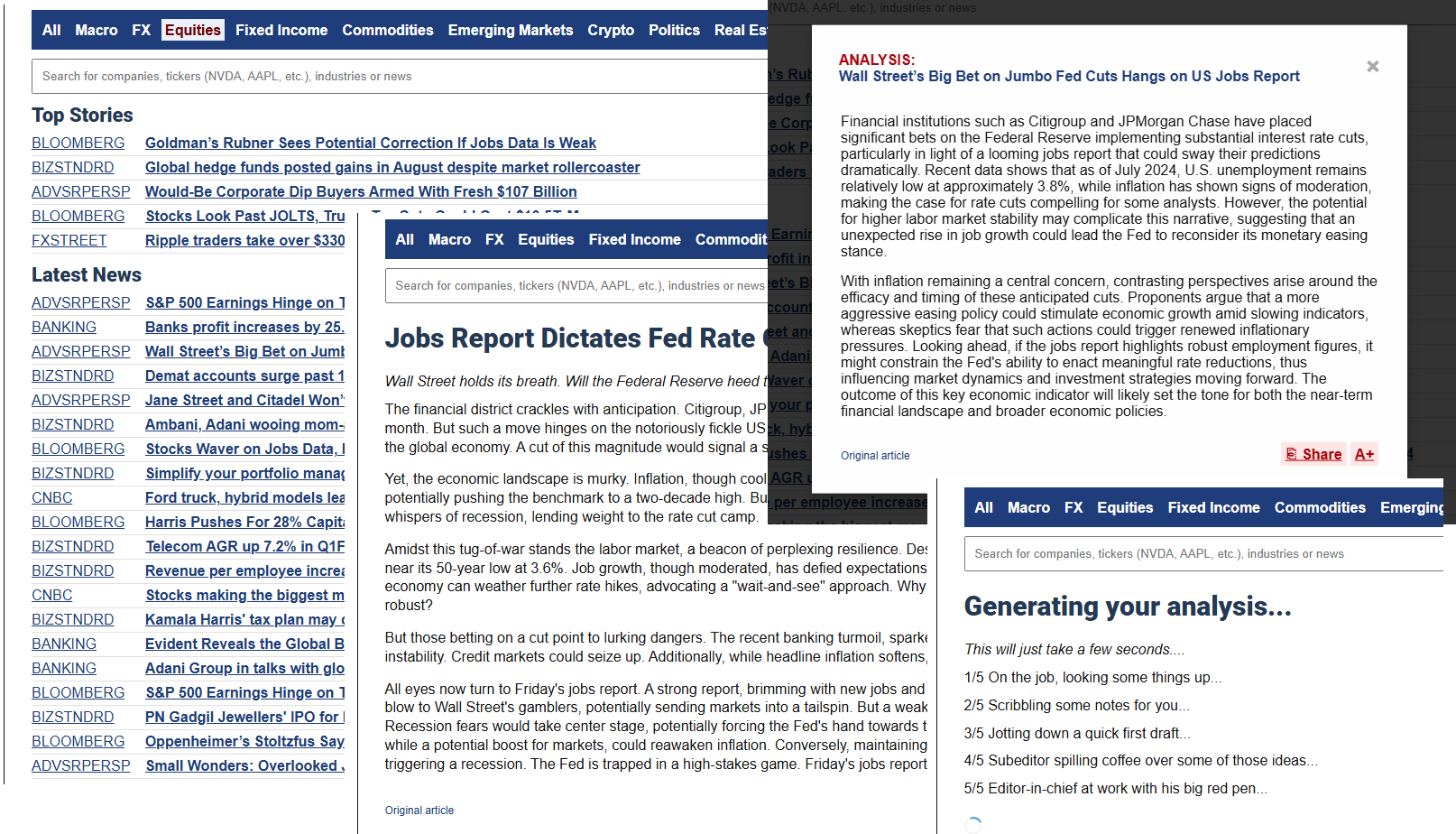Fed Considers Rate Cut Amid Global Economic Turmoil
The anticipated decision by the Federal Reserve to reduce interest rates by either 25 or 50 basis points has markets teetering on the brink of uncertainty. For the first time in years, traders and investors are navigating unfamiliar territory regarding the Fed's next move. This potential rate cut represents a significant shift from the high borrowing costs that have defined the U.S. economy for the past two decades. Financial markets, typically thriving on predictability, now face the possibility of turbulent times ahead, influenced by a myriad of global economic variables that complicate monetary policy decisions.
This potential rate cut coincides with heightened geopolitical tensions and economic strains. Israel's recent escalation in Lebanon has exacerbated regional instability and drawn international criticism. The explosion of thousands of pagers across Lebanon—a communication tool used by Hezbollah operatives—highlights the gravity of the conflict and reflects the ongoing volatility in Middle Eastern geopolitics. Such instability inevitably affects global markets, adding another layer of complexity to investment strategies that were already confused by domestic monetary policy issues.
Adding to these woes are reports suggesting that loopholes in the Biden administration's Inflation Reduction Act may undermine efforts to achieve a net-zero emission economy. Major polluters appear to be exploiting these gaps, casting doubt on the effectiveness of current environmental policies. These revelations concern investors, potentially disrupting expectations around green initiatives and sustainable investments, sectors that have attracted considerable interest in recent years. The news forces investors to reconsider the risks and returns associated with investments influenced by the evolving environmental policy landscape.
Despite numerous economic hurdles, the S&P 500 has displayed remarkable resilience, registering almost a 90% increase over the past five years. This highlights a paradox: while major indexes have surged, the global economy has faced profound disruptions. This juxtaposition between a thriving stock market and a strained economic and geopolitical backdrop underscores the dissonance contributing to market unpredictability. It raises critical questions about the sustainability of current valuations and the inherent risks of an overstretched market.
Meanwhile, emerging markets present a contrasting opportunity amid these economic challenges. With attractive valuations, emerging market equities could offer fertile ground for growth and risk management. Analysts suggest that a thoughtful allocation to emerging markets could enhance portfolio performance while mitigating some of the acute risks faced by investors in more turbulent economic environments. For those willing to navigate the inherent volatility, the potential for substantial returns is an enticing prospect.
Brazil's central bank, on the other hand, is poised to raise interest rates, a move starkly contrasting with the Federal Reserve's anticipated rate cut. Brazil faces an overheated economy and persistent inflation above target levels, highlighting the divergent economic conditions across global markets. This divergence underscores the varying degrees of economic resilience and the different strategic responses by central banks worldwide, complicating the decision-making process for global investors who must weigh international exposures and currency risks.
In Europe, the fragmented banking sector continues to pose challenges to cross-border financial integration. The post-Global Financial Crisis era has seen European banks navigating a maze of regulatory hurdles and competitive pressures, exacerbated by rapid digital transformation. Mergers and acquisitions within the sector present both opportunities and risks, with strategic consolidations seen as potential pathways to greater efficiency and competitiveness amid mounting economic pressures.
The current scenario marks a critical juncture for global investors. As the Fed deliberates its rate decision, the broader economic landscape is being reshaped by a confluence of geopolitical tensions, environmental policy challenges, divergent monetary policies, and transformative market opportunities. Each element could have significant repercussions for asset allocation and investment strategies moving forward.
Although financial markets crave stability, the present environment offers little reassurance. Investors must navigate an intricate web of variables that extend beyond traditional economic indicators. The evolving nature of global politics, environmental requirements, and market dynamics demands a nuanced investment approach—one that balances risk with the potential for reward in an era marked by profound uncertainty.
In conclusion, the Federal Reserve's anticipated rate cut is just one piece of a much larger puzzle. As investors brace for potential market volatility, they must also consider the broader implications of geopolitical events, environmental policy shifts, and divergent global economic strategies. The path ahead is defined by both challenges and opportunities, necessitating a strategic and informed approach to navigate the turbulent waters ahead.
AI-Powered trading insights: join our email list
Real-Time Market Analysis
Get instant insights on market trends, news impact, and trading opportunities.

